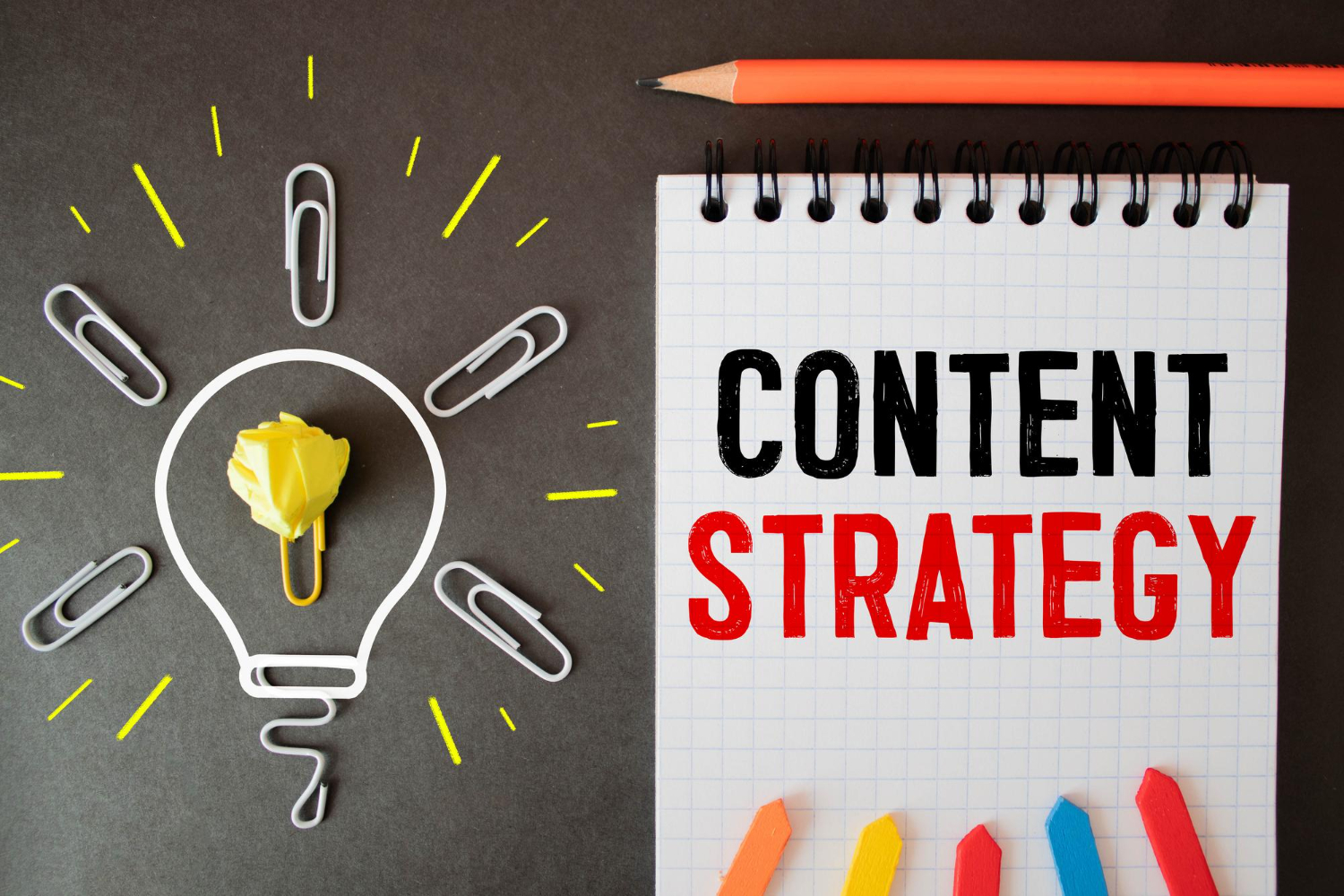Step 1: Define Your Goals and Purpose
Before you create a single piece of content, ask yourself why you’re doing it. Are you trying to:
- Build brand awareness?
- Increase website traffic?
- Generate leads?
- Improve customer loyalty?
Your goals decide the kind of content you create, where you publish it, and how you measure success.
Pro tip: Align your goals with long-term growth, not just quick wins.
If you’re still wondering why content matters, go back to the basics here:
What Is Content Marketing and Why It Matters in 2025 →
Step 2: Understand Your Audience
You can’t create great content for everyone. The key is understanding who your audience is, their problems, dreams, habits, and language.
Create buyer personas based on:
- Age, location, and interests
- Pain points and goals
- Where they spend time online
Once you know your audience, you can create content that feels personal and relevant.
Step 3: Research and Plan Your Topics
Good content answers real questions. Use tools like Google Trends, Ahrefs, or AnswerThePublic to find what people are searching for in your industry.
Look for:
- Frequently asked questions
- Trending keywords
- Gaps your competitors haven’t filled
Then, map those ideas into a content calendar so you can stay consistent all year long.
Step 4: Choose the Right Content Types
Not all content works the same way. Different formats serve different goals and audiences. For example:
- Blogs drive SEO and website traffic
- Videos boost engagement on social media
- Infographics simplify complex ideas
- Podcasts build loyalty through storytelling
The best strategy usually combines a mix of content types that match your audience’s preferences.
Learn which formats work best this year:
Top Content Types That Drive Engagement in 2025 →
Step 5: Optimize for SEO and User Experience
Creating content isn’t enough, it has to be found. Make sure every blog or video is optimized for search engines and easy for people to enjoy.
- Use your main keyword naturally in titles, headers, and descriptions
- Add visuals and break up long text for readability
- Link internally to related topics (like your other subpages!)
- Always include a clear call-to-action
For deeper insights, read how content and SEO work together to amplify reach:
Content Marketing vs SEO – What’s the Difference and How They Work Together →
Step 6: Plan Your Content Distribution
Even the best strategy will fail if nobody sees your content. That’s why content distribution, where and how you share your work, is just as important as creating it.
Use a mix of:
- Owned channels (your blog, email newsletter)
- Earned media (guest posts, backlinks)
- Paid promotion (ads, influencer partnerships)
Each channel extends your reach and helps you get your content in front of the right audience.
Dive into the tactics here:
Best Content Distribution Strategies to Boost Reach →
Step 7: Measure, Learn, and Improve
A great strategy evolves with time. Use analytics tools to track metrics like:
- Website traffic
- Engagement rate
- Lead conversions
- ROI per channel
By regularly analyzing performance, you can double down on what’s working and refine what’s not.
Get the right tools for tracking and insights:
Content Marketing Metrics & Tools You Need in 2025 →
Bonus Tip: Stay Consistent and Authentic
The most successful content strategies aren’t the fanciest, they’re the most consistent. Stick to your schedule, maintain your tone, and focus on helping, not selling. Authenticity always wins over algorithms.



